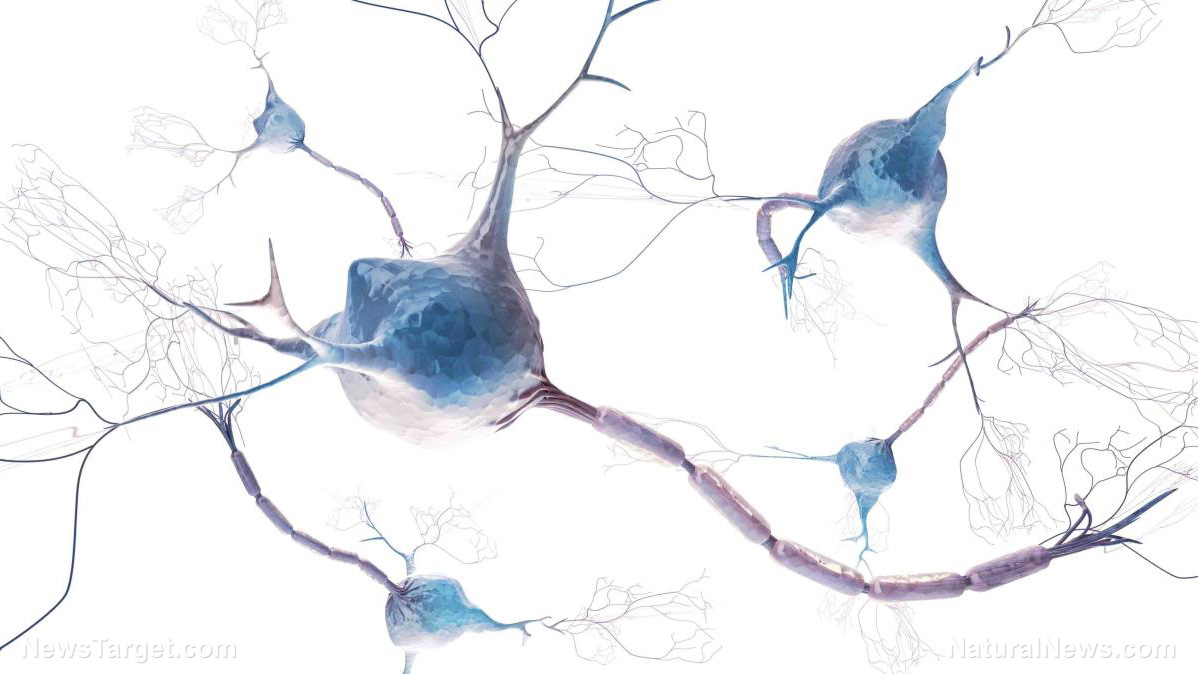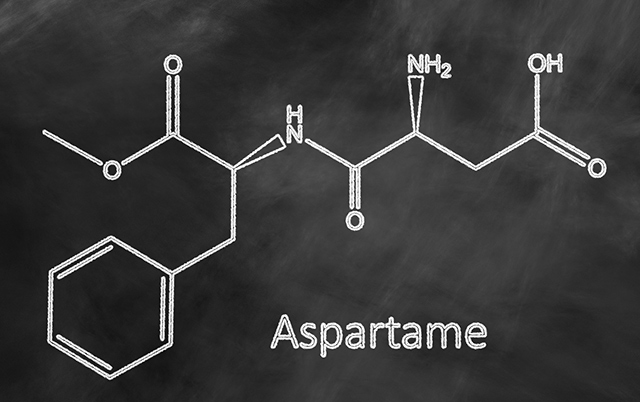
The different solvent fractions came from A. africana leaves that were dried, pulverized, macerated in 80 percent ethanol, then dissolved in their corresponding solvents. Solvents that were used include n-hexane, dichloromethane, and methane.
Cerebellum and cerebral cortex samples were acquired from the brains of male Wistar rats for use in in vitro biochemical assays. These were incubated in different solvent fractions as well as in potassium cyanide (KCN).
Potassium cyanide is a chemical that can induce asphyxiation by interfering with body's ability to use oxygen. This affects the entire body, however, some organs are more sensitive to oxygen loss, including the nervous, cardiovascular, and pulmonary systems. It is used in this experiment to make the cells mimic a nervous disorder.
The cytotoxicity of KCN can be attributed to its ability to inhibit cytochrome oxidase in the mitochondria, which leads to the destruction of the mitochondria. To determine if the mitochondria was damaged, the researchers looked at NADH succinate dehydrogenase (NSD). NSD is an enzyme present in the inner membrane of the mitochondria that serves as an effective marker for mitochondrial damage. Results showed that KCN inhibited NSD activity but treatment with the solvent fractions was able to reverse this effect. It was also observed that the reversal of NSD inhibition occurred in a dose-dependent manner.
Aside from mitochondrial damage, KCN also induces oxidative stress. This can be observed in the high levels of malonedialdehyde (MDA), protein carbonyl (PC), lipid peroxidation (LPO) activity, and monoamine oxidase (MAO) activity. Additionally, a decreased concentration of reduced glutathione (GSH) also indicates oxidative stress. In this study, they were able to observe that the addition of A. africana was able to reverse the aforementioned effects of oxidative stress on MDA, PC, MAO, LPO, and GSH.
Based on these results, it can be concluded that all solvent fractions of A. africana can mitigate KCN-induced mitochondrial damage.
“The neuroprotective effects of A. africana in this study suggest that the plant may be a promising candidate for the treatment or management of neuronal damage.” the researchers said. (Related: 7 simple health tips for protecting your brain and cognitive function.)
Plants with neuroprotective properties
Aside from the “False Iroko” tree, other plants that exhibit neuroprotective properties include:
- Ginseng – Extracts derived from Panax ginseng have proven to be effective against a cellular model of parkinsonism. Aside from this, ginsenoside Rg1, an active ingredient in ginseng, also exhibited protective effect on dopaminergic neurons in a model for Parkinson's disease.
- Turmeric – Curcumin, a polyphenol found in turmeric, shows neuroprotective properties against inflammation-mediated neurodegeneration of dopaminergic neurons.
- Scutes – A flavonoid called baicalein can be found in the dried roots of Scutellaria baicalensis. This flavonoid has shown neuroprotective properties in an experimental model for parkinsonism.
- Gingkgo biloba – Neuroprotective activity of Gingko biloba can be attributed to its antioxidative, anti-amyloidogenic and antiapoptotic activities. These activities are induced by different phytochemicals, such as bilobalides and ginkgolides.
Learn more studies about different treatments for nervous disorders by visiting Brain.news today.
Sources include:
Please contact us for more information.























